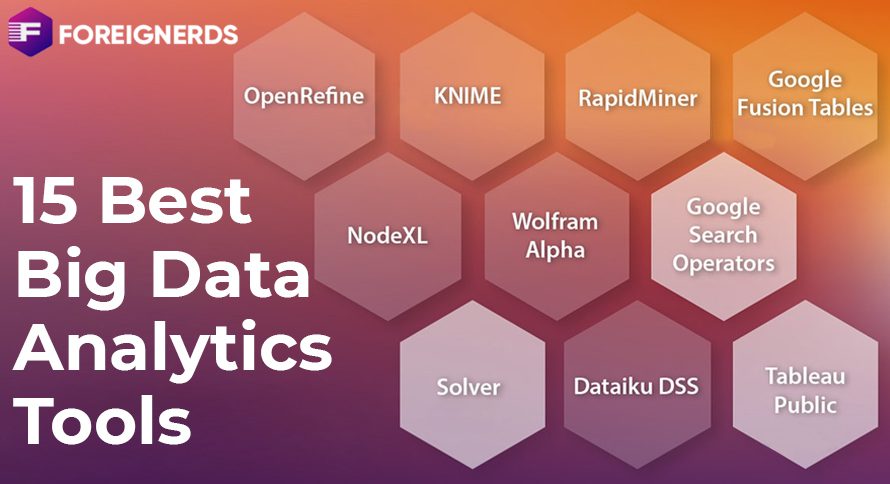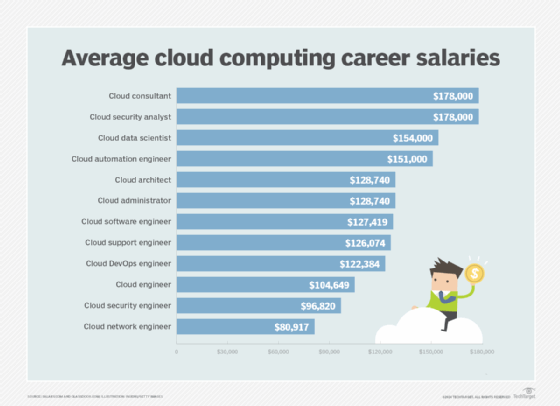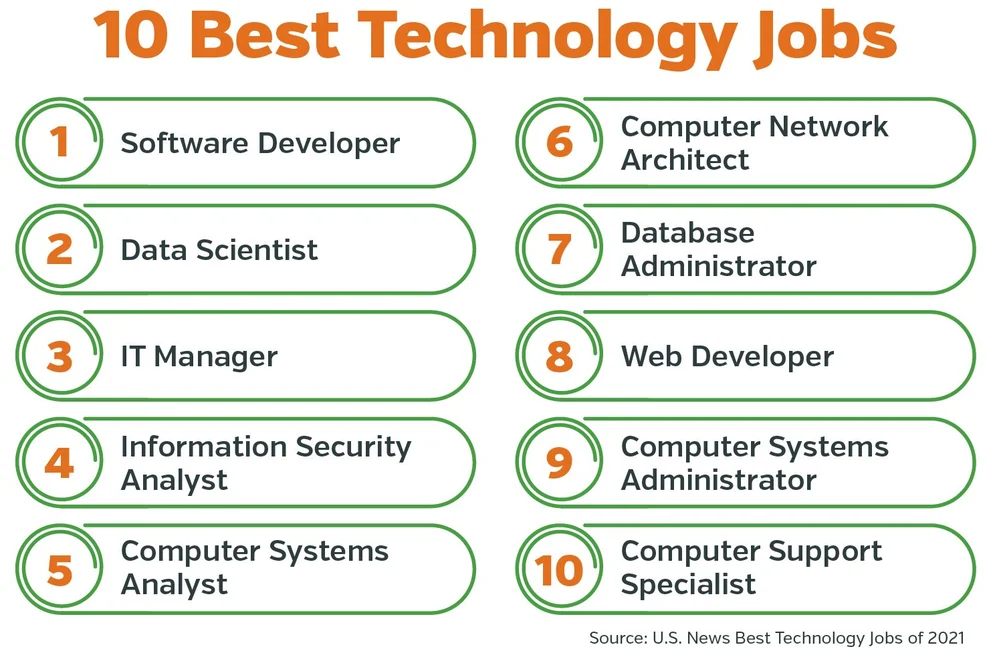In today’s data-driven world, businesses and organizations rely on big data analytics tools to extract valuable insights, improve decision-making, and gain a competitive edge. With the exponential growth of data, choosing the right analytics tool is crucial for processing, analyzing, and visualizing large datasets efficiently.
This guide explores the best big data analytics tools in 2024, their key features, and how they can help businesses harness the power of data.
What Are Big Data Analytics Tools?
Big data analytics tools are software solutions designed to process, analyze, and interpret massive volumes of structured and unstructured data. These tools help organizations:
-
Identify trends and patterns
-
Improve operational efficiency
-
Enhance customer experiences
-
Predict future outcomes
-
Optimize business strategies
Top Big Data Analytics Tools in 2024
1. Apache Hadoop
-
Best for: Distributed storage & large-scale data processing
-
Key Features:
-
Open-source framework using HDFS (Hadoop Distributed File System)
-
Supports batch processing with MapReduce
-
Highly scalable and cost-effective
-
2. Apache Spark
-
Best for: Real-time data processing & machine learning
-
Key Features:
-
In-memory processing for faster analytics
-
Supports SQL, streaming, and graph processing
-
Integrates with Hadoop, Kafka, and other big data tools
-
3. Tableau
-
Best for: Data visualization & business intelligence
-
Key Features:
-
Drag-and-drop dashboard creation
-
Supports real-time analytics
-
Connects with multiple data sources (SQL, Excel, cloud databases)
-
4. Google BigQuery
-
Best for: Cloud-based big data analytics
-
Key Features:
-
Serverless, highly scalable data warehouse
-
Real-time analytics with SQL queries
-
Integrates with Google Cloud and AI tools
-
5. Microsoft Power BI
-
Best for: Business analytics & reporting
-
Key Features:
-
Interactive dashboards and visualizations
-
AI-powered insights
-
Seamless integration with Azure and Excel
-
6. SAS Advanced Analytics
-
Best for: Predictive analytics & statistical modeling
-
Key Features:
-
Advanced machine learning capabilities
-
Robust data mining tools
-
Used in finance, healthcare, and retail industries
-
7. KNIME
-
Best for: Open-source data analytics & automation
-
Key Features:
-
No-code/low-code workflow builder
-
Supports machine learning and ETL processes
-
Large community and integrations
-
How to Choose the Right Big Data Analytics Tool?
When selecting a big data analytics tool, consider:
✔ Scalability – Can it handle growing data volumes?
✔ Ease of Use – Does it require coding or offer a user-friendly interface?
✔ Integration – Can it connect with existing databases and cloud platforms?
✔ Cost – Is it open-source, subscription-based, or enterprise-priced?
✔ Use Case – Does it support real-time analytics, AI, or visualization?
Final Thoughts
Big data analytics tools are essential for transforming raw data into actionable insights. Whether you need real-time processing (Spark), visualization (Tableau), or predictive analytics (SAS), there’s a tool tailored to your needs.
Visit our website:



